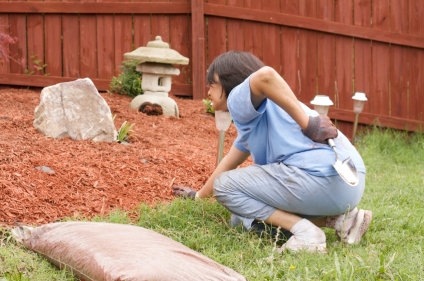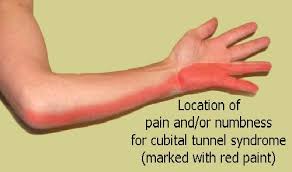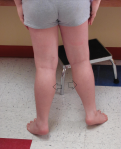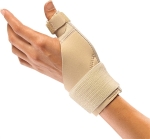
Back Pain Physical Therapy
Warming up of weather and occasional glimpses of yellow orb in the sky excites most of us to get out in our gardens and make preparations for the spring time. Gardening is an excellent and vigorous outdoor and therapeutic activity but it also sends many of us to the doctors and physical therapists. Back Pain is the most common symptom among the people with gardening habits.
Gardening can be compared to athletic activities which involve lot of twisting, lifting and bending. So before getting your hands into plants warm-up properly, follow these easy quick tips and get ready for the day in dirt:
- Warm up with light movements and go for a brisk walk to increase your flexibility.
- Do not bend repeatedly. Try to do your work by kneeling or sitting.
- Lift the gardening tools and equipments carefully. Instead of putting pressure on your back and hips, let your arms, leg and thighs carry the load by bending properly at your knees.
- Make use of long-handled tools for proper grip and to eliminate back strain.
- Practice proper and good body mechanics i.e. do not work in the similar position or posture for long time.
- Keep your back in the proper alignment to reduce unnecessary strain.
- Use stools and upside down buckets to sit comfortably and use pad to kneel to avoid knee pain.
- Take frequent breaks, Stand up and walk around in-between the gardening activities.
- Never bend and twist your back at the same time.
- Stand up like you are getting out of the chair, i.e. keeping your back straight.
- If you feel pain in certain area, apply ice or cold pack to the affected area and do not resume the activity till the pain subsides.
- Concentrate on your legs and core while lifting heavy bags of soil, digging with a shovel and carrying water hoses.
- To lift heavy items like; dirt bags, garden tools or planting material, use garden cart or wheel barrel
- Use joint friendly tools so that you can stand straighter and can easily grip the handles as well
Contact Alliance Physical Therapy for the expert diagnosis and state of art treatment of your pain and injuries. Our diligent team of physical therapists use patient-proven techniques and state-of-art technologies to make you as healthy and fit as before.




